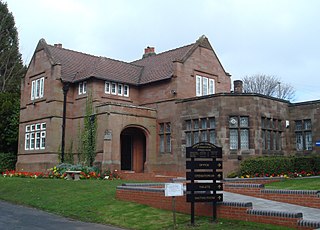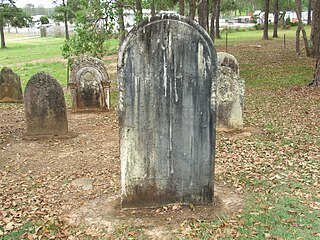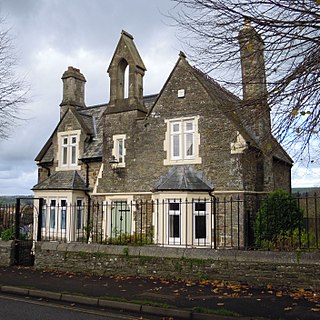
Biggleswade Cemetery (also known as Drove Road Cemetery) was the main burial ground for the town of Biggleswade in Bedfordshire. Opening in 1869, the cemetery is located on Drove Road and since 1986 has been closed for burials except for interment in family plots. [1]

























